Ten questions with photographer João Pina
Translated by Ellen Donnison
This September Fotografia Latina had the pleasure to interview Portuguese photographer João Pina.
João Pina was born in Lisbon in 1980. During 2005 he studied at the International Center of Photography in New York, specialising in photojournalism and documentary photography. He began working as a photographer at the age of 18 and spent the majority of the last decade in Latin America. In 2007 he published his first book of photography, Por Teu Livre Pensamento, in Portugal, in collaboration with Rui Daniel Galiza. The book narrates the lives of 25 Portuguese political prisoners. This work would go on to inspire a public campaign by Amnesty International which, in 2011, won the Lion D’or at the Cannes Lions International Festival of Creativity. Pina has received various awards, scholarships and prizes for his work, including the scholarship Estação Imagem, the Moving Walls prize, and being a finalist of the Henri Nannen Award, the Care Award and the Pierre and Alexandra Boulat scholarship.
Pina’s work has been featured in various renowned publications: The New York Times, The New Yorker, Time Magazine, Newsweek, Stern, GEO, El País, EPs, La Vanguardia Magazine, D Magazine, Io Donna, Days Japan, Expresso y Visão, among others. His photos have been exhibited in New York (at the Open Society Foundations, International Center of Photography, Point of View Gallery and Howard Greenberg Gallery), London (Ian Parry Award), Tokyo (Canon Gallery), Lisbon (Kgaleria, Casa Fernando Pessoa y Plataforma Revólver), Oporto (Centro Português de Fotografia) and Perpignan (Visa pour L’Image).
Ventana Latina: 1.Tell us how you became a photographer.
João Pina: It happened very naturally. I remember taking photos as a child, first with my grandpa’s camera, then later with a point and shoot camera which I bought by scraping together enough money and using my savings to buy film and to get it processed. When I arrived at adolescence I started to carry my camera around and take photos of the things I liked, from sports to trips with my friends, a little bit of everything. When I finished college I got my first opportunity for work. Fifteen years have passed since then and it seems as if it was only yesterday…
VL: 2. What inspires you about Latin America?
JP: Really everything about inspires me. My first big trip was to Cuba in 1987 with my parents. This trip had a huge effect on me, the colours, the heat, the tastes, the sounds, the smell; everything left a strong impression on me. This was the reason we went back as a family in 1998, just before I was about to start work as a photographer. This time I saw another country, where things had fallen into disarray and had declined. I decided then that I wanted to go back to Cuba to photograph those changes, which I started to do a few years later. Over there I learnt Spanish and also learned how to view things differently which gave me the confidence to develop work as a reporter and make documentary photography. Later on, that same curiosity lent itself to other countries in the region, Brazil, Argentina, Bolivia, countries where I have spent a lot of time watching, living and learning and being able to do this because of something I love: taking photographs.
VL: 3. How did your project, Shadow of the Condor, come about?
JP: Shadow of the Condor developed when I was finishing my first book about past Portuguese political prisoners and I didn’t want to end my research on this theme, especially on Portugal. I have decided to continue my extensive research on the political violence in the world which is how Condor came to be. Since 2005, I began doing a little bit of research on the military dictators during the 70s and how they affected the cities in which they lived, particularly the victims of Operation Condor (Plan Cóndor), a campaign by the military intelligence services led by dictators to annihilate the political opposition represented by 6 Latin American countries. It’s estimated that at least 60,000 people died as a result of this campaign.
VL: 4. What was it like working in Cuba for 6 years?
JP: The trip to Cuba that my parents took me on in 1987 when I was 6 years old was the first great trip in my life. Then, visitors were only accepted if they came from “friendly” or “socialist” countries. It was a tremendous experience for a child; all those colours, flavours, smells, sounds and a new language. All of it was an adventure and although it lasted only 12 days it left me with very strong memories. Due to this experience, when I started working at the end of the 90s I decided to return to Cuba and document all that could before more radical changes were made to the country. This is what I did and I think I continue to do just that.
VL: 5. How did you develop your project, Gangland?
JP: Gangland resulted from visiting the city of Río de Janeiro various times where I focused on the endemic violence that exists there. The relationships between the civil population, the drug traffickers and the police made for a very raw and at the same time, fascinating scene. This developed my interest in the situation and started to draw me into these realities. After several years I finally had contact with the police, but also with the traffickers and the people left trapped in the middle of this conflict. During those years I became more interested in this raw reality and recently returned to Río to continue this work. This time the work leans less towards the most violent aspects of the city and more towards the symbolic violence that exists in the city. It is work I will definitely continue making in the years to come.
VL: 6. How does your work in Latin America differ from your work made in other locations such as Portugal, Tunisia, Egypt, Libya, etc?
JP: I don’t view my work as being ‘Latin American’ in relation to work made outside of the region. I consider myself to be someone who is interested in many places, situations and histories. Be it in Cuba, Brazil or Afganistan, my work is part of my vision of the world and the themes that I find particularly interesting and fascinating in our present.
VL:7. Which theme have you developed most in your photographic work??
JP: I don’t think there is only one theme that exists. I don’t like to label myself with a theme or a type of photography. Yes, currently, I identify as someone who is interested in situations pertaining to social, political and military conflict and post-conflict. There are places in society where these changes are very visible and where I believe photography can play an important role.
VL: 8. Is there a specific project you would like to develop in Latin America?
JP: After working on Condor for 9 years which finally resulted in a book, I think that at the moment it would be good to have more of a balance; resting a little and looking at what I want to aim for next. I know there are various projects that I’m interested in pursuing, Gangland certainly being one of them.
VL: 9. How do you develop your photographic projects from idea to the finished product?
JP: They’re finished in distinctive ways, there are still times where I work in a very chaotic manner where I don’t stop for months. There are always projects and jobs that stand out to me, which I would like to put my energy and resources into. Although nowadays resources are becoming more and more scarce which of course makes me reconsider many things in certain moments.
VL: 10. What represents a good photo for João Pina?
JP: I don’t think a formula exists for how to make a good photo. Stating that any formula through whatever personal medium of expression can make a good photo is something that quickly sounds false. For me it’s someone who looks at a lot of photos. A good photo has to be surprising, causing my imagination to take off from reality and to want to know more about what it is in front of me, taken in a hundredth of a second.
To know more about João Pina’s work, click here.


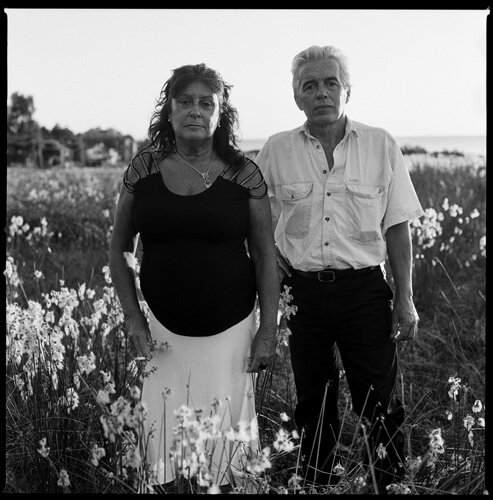

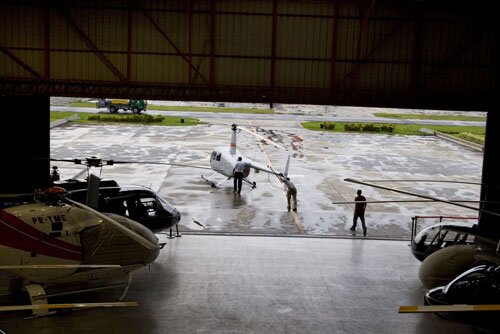
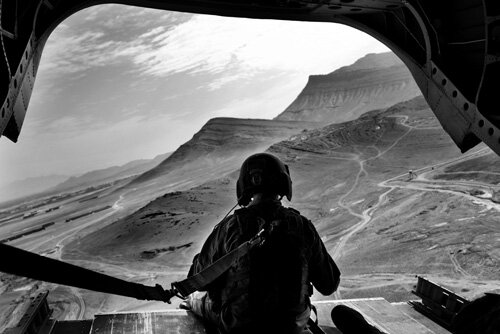
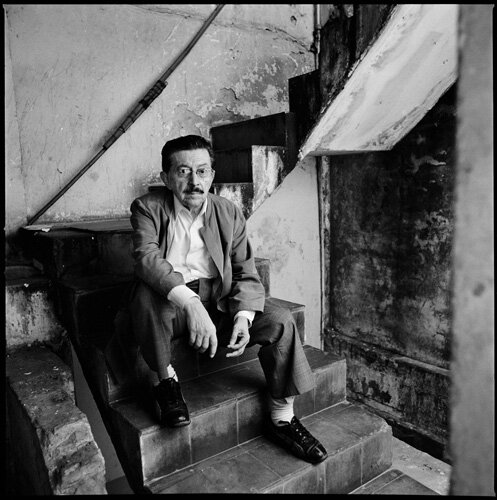
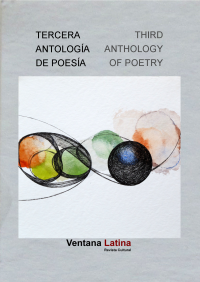


 Copyright © 2024
Copyright © 2024